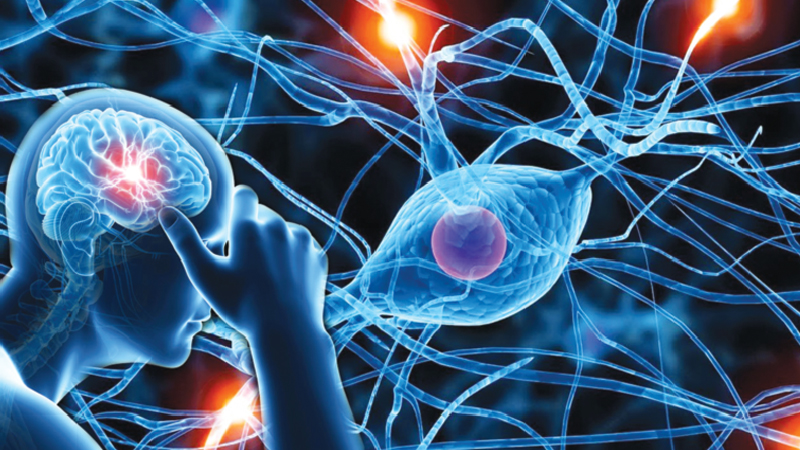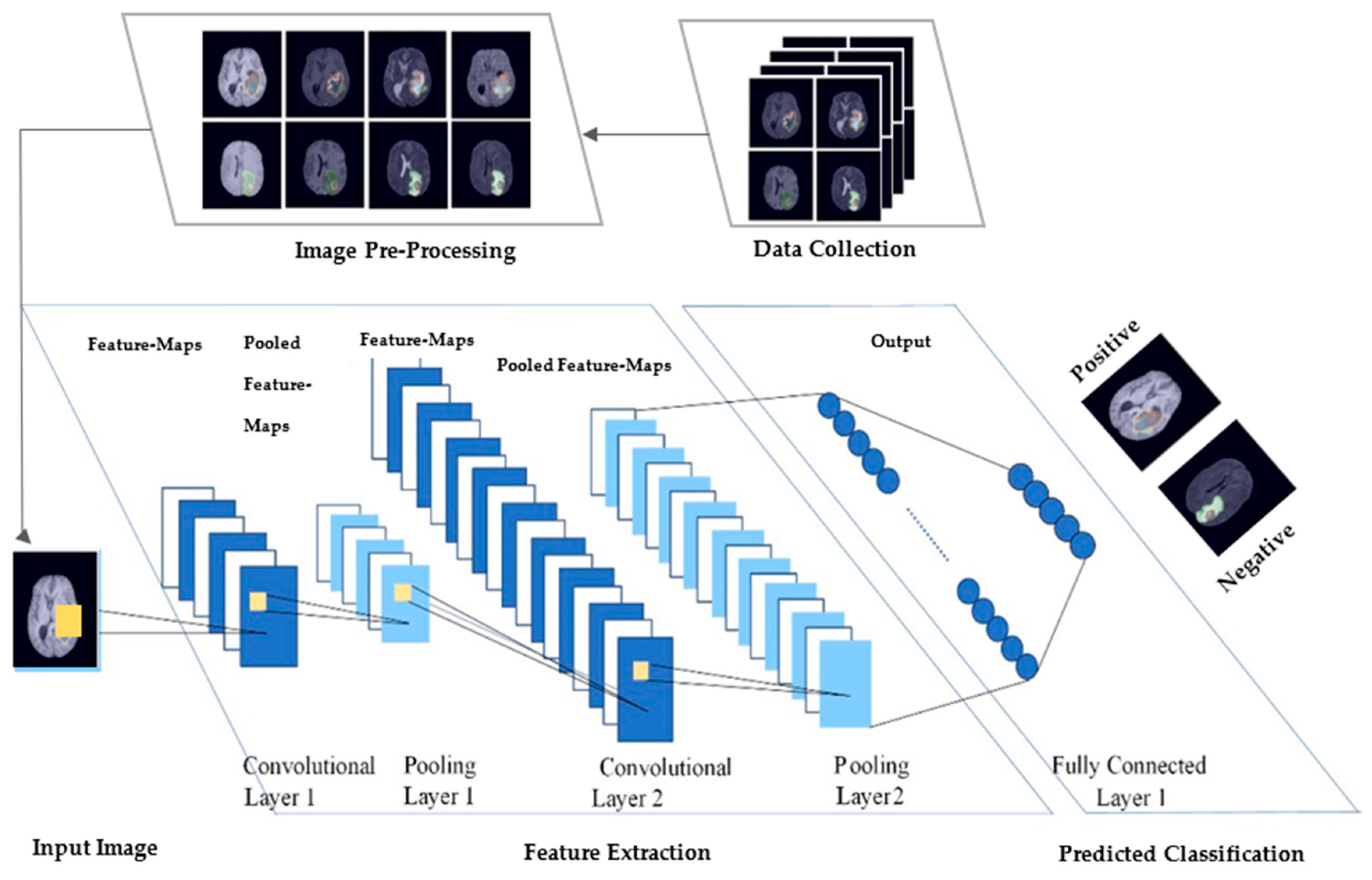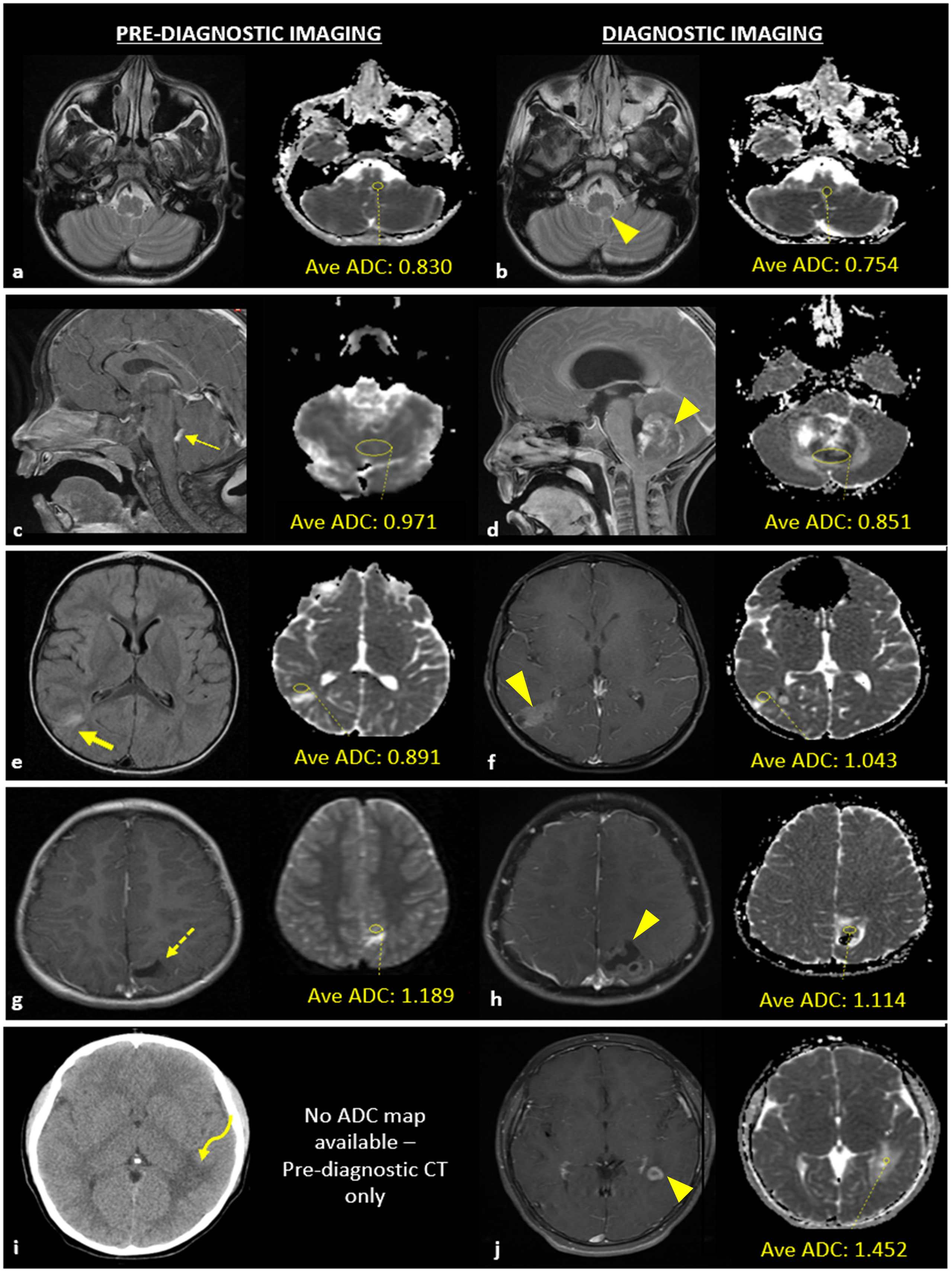
The recent advancements in gene editing breakthroughs have revolutionized the field of genetics and offered hope for countless individuals affected by genetic disorders. Techniques like CRISPR gene editing have garnered attention, but innovations like base editing technology and prime editing are pushing the boundaries even further. These methodologies allow for precise alterations at the genetic level, facilitating the correction of mutations that lead to severe conditions, including various forms of cancer. Renowned researcher David Liu’s groundbreaking work exemplifies the potential of these technologies in advanced genetic disease treatment. As more patients enter clinical trials and experience promising results, the landscape of genetic therapy is rapidly evolving, highlighting the incredible possibilities that lie ahead.
Recent strides in the domain of genomic modifications have sparked excitement within the scientific community, ushering in an era of transforming medical treatments. The emergence of advanced editing techniques such as CRISPR has paved the way for new methodologies that enable precise genetic alterations in living organisms. Researchers like David Liu have been at the forefront of this revolution, spearheading innovations in base editing and prime editing that aim to rectify genetic malfunctions with unparalleled accuracy. By refining the tools available for manipulating genetic material, we are witnessing a shift in how we approach complex genetic diseases that were once deemed incurable. This evolution in genetic engineering opens the door to an array of possibilities, from providing life-saving treatments to potentially eradicating inherited disorders.
The Impact of Gene Editing Breakthroughs
The field of gene editing has witnessed numerous breakthroughs in recent years, notably with the advent of innovative technologies that promise to transform the landscape of genetic disease treatment. Among these is base editing, which enables precise alterations in the DNA sequence without the need for double-strand breaks, making it a safer option compared to traditional CRISPR-Cas9 methods. David Liu’s research in this area has opened up avenues to correct mutations that lead to diseases, offering hope to hundreds of millions of individuals suffering from genetic conditions.
With techniques like base editing and prime editing making headlines, researchers now have the tools to address a multitude of genetic disorders more effectively. These advancements signify a paradigm shift in medical science, where gene editing breakthroughs not only enhance our understanding of genetic mechanisms but also directly translate into life-saving therapies. For example, as demonstrated in Alyssa Tapley’s case, such breakthroughs can lead to remarkable recoveries, turning once grim prognoses into stories of hope and survival.
CRISPR Gene Editing: The Foundation of Modern Genetics
CRISPR gene editing, discovered through decades of basic scientific inquiry, has laid the groundwork for modern genetic modification techniques. The remarkable capabilities of CRISPR-Cas9 have revolutionized the ability to edit genes with unprecedented precision and efficiency. With its origins rooted in the immune systems of bacteria, this technology has transitioned from a scientific curiosity into a mainstream tool for genetic engineering. Researchers like David Liu have pushed the boundaries of this technique, exploring its implications for the treatment of genetic diseases.
While the initial excitement about CRISPR centered on its cutting ability, Liu’s team has taken the concept further with innovations such as base editing and prime editing. These technologies are tailored for more specific alterations within the genetic code. By avoiding the cutting of DNA, these methods reduce the risk of unintended consequences, proving to be beneficial for therapeutic applications. The advancement of CRISPR and its derivatives signals a new era in biomedicine where gene editing is becoming a staple in the fight against genetic disorders.
Base Editing Technology: A Game Changer in Therapy
Base editing technology represents a significant step forward in the realm of gene editing. Unlike traditional methods that rely on cutting DNA, base editing allows researchers to make site-specific changes at the base level without inducing double-strand breaks. This precision is crucial as it minimizes the potential for off-target effects, making it a safer and more effective approach in the context of genetic disease treatment. Liu’s pioneering work has brought this powerful tool into clinical trials, showcasing its potential to offer new hope to patients with previously untreatable conditions.
The impact of base editing is not just theoretical; real-world applications are already being realized, as seen in the case of Alyssa Tapley. Through clinical trials, base editing has demonstrated its capability to correct mutations that cause T-cell leukemia and other serious genetic conditions. As researchers continue to refine this technology, the implications for its use in diagnosing and treating various genetic disorders are vast, potentially leading to a future where diseases can be effectively managed or eradicated altogether.
Prime Editing Innovation: Precision Beyond Base Editing
Prime editing is regarded as one of the most revolutionary advancements in gene editing technology, building upon the foundations laid by base editing. It offers scientists a versatile toolkit that allows for more complex genomic edits, such as inserting, deleting, or replacing sections of DNA with unprecedented precision. This innovation is particularly valuable for addressing the myriad of genetic mutations that cause various disorders, enabling targeted therapeutic interventions that were previously unattainable.
Researchers, including those from David Liu’s lab, are excited about the potential of prime editing to correct not only point mutations but also larger genetic aberrations. As this technology evolves, it is entering clinical research phases, providing hope for patients suffering from genetic diseases caused by more complex genetic alterations. The exploration of prime editing isn’t just expanding our scientific knowledge; it is bringing us closer to practical solutions for some of medicine’s most challenging problems.
The Role of Basic Science in Gene Editing
The journey from basic scientific inquiry to groundbreaking gene editing technologies illustrates the importance of fundamental research. David Liu emphasizes that the initial curiosity about CRISPR’s function in bacterial immunity led to significant advancements that are now shaping the future of genetic medicine. Researchers delved into the unknown without immediate applications in mind, demonstrating that basic science is often the bedrock upon which applied technologies are built.
This exploration exemplifies how valuable discoveries can emerge from seemingly simple observations. The scientific community thrives on the interplay between curiosity-driven research and its eventual implications for real-world applications. Liu’s work in the field emphasizes that the essence of basic science lies in its potential to answer complex questions, ultimately leading to groundbreaking technologies like CRISPR, base editing, and prime editing that can change lives.
The Future of Genetic Disease Treatment
As we look towards the future of genetic disease treatment, it is evident that the ongoing advancements in gene editing technologies will play a pivotal role. With newer methods like base editing and prime editing gaining traction in clinical trials, patients can expect breakthroughs that may offer cures or effective management strategies for a wide range of genetic disorders. The optimism surrounding these technologies is grounded in real success stories, such as Alyssa Tapley’s recovery, showcasing the transformative power of these innovations.
However, with advancement comes responsibility. Researchers like Liu stress the importance of ensuring safety and efficacy before these technologies become widely adopted. The potential for gene therapy to revolutionize medicine is immense, but it is crucial to maintain stringent ethical standards and robust clinical evaluations. Only through careful, conscientious research can we ensure that the future of genetic disease treatment fulfills its promise while safeguarding patient health.
Collaborative Efforts in Gene Therapy Research
The development of gene editing technologies is a testament to the power of collaboration among scientists, academic institutions, and governmental agencies. Liu’s projects, supported by organizations like NIH and DARPA, reflect the importance of multidisciplinary partnerships in advancing research. By pooling resources, expertise, and diverse perspectives, researchers can accelerate the pace of innovation and tackle complex challenges in genetic medicine more effectively.
Such collaborative efforts have already borne fruit, enabling the execution of numerous clinical trials utilizing innovative techniques such as base editing and prime editing. These trials not only contribute to scientific knowledge but also offer hope to patients who may benefit from cutting-edge therapies. The future of gene therapy rests on continued collaboration, ensuring that scientific discoveries translate into real-world applications that can dramatically improve health outcomes.
Navigating Ethical Challenges in Gene Editing
As gene editing technologies advance, they bring forth a myriad of ethical considerations that must be navigated with care. Concerns about the implications of editing the human genome raise questions about consent, the potential for unintended consequences, and the societal impacts of such powerful tools. Researchers and ethicists alike must engage in ongoing dialogue to establish guidelines and frameworks that ensure responsible practices in the application of gene editing technologies.
Science must proceed with caution, balancing rapid advancement with ethical responsibility. Liu acknowledges the apprehension surrounding these technologies but advocates for transparent communication and strict regulatory measures to guide their use. Addressing ethical challenges will play a crucial role in gaining public trust and ensuring that these groundbreaking innovations in gene editing are harnessed for the benefit of society as a whole.
The Importance of Support for Young Scientists
The future landscape of genetic research and gene editing innovations depends significantly on nurturing the next generation of scientists. Liu voices concerns over current trends that may discourage young researchers from pursuing careers in genetics and biotechnology. A supportive environment is crucial for fostering talent, encouraging creativity, and ensuring that fresh ideas continue to emerge in this rapidly evolving field.
Investing in educational programs and research initiatives helps create pathways for young scientists to engage in meaningful work that contributes to societal well-being. By facilitating collaboration between academia and funding agencies, we can empower new voices in scientific discovery. Such efforts are essential for generating innovative solutions that address the pressing challenges posed by genetic diseases, ultimately leading to enhanced health outcomes for patients worldwide.
Frequently Asked Questions
What are gene editing breakthroughs and how do they impact genetic disease treatment?
Gene editing breakthroughs refer to advancements in technologies such as CRISPR gene editing, base editing, and prime editing, which allow scientists to alter genetic material with precision. These innovations significantly impact genetic disease treatment by potentially correcting mutations that cause various disorders, leading to effective therapies and improved patient outcomes.
How does CRISPR gene editing relate to recent gene editing breakthroughs?
CRISPR gene editing is a foundational technology for recent gene editing breakthroughs, including base editing and prime editing. While CRISPR primarily works by cutting DNA to disrupt or delete genes, the new methods focus on making specific changes to the DNA sequence without cutting it, thereby enhancing the precision and safety of genetic modifications.
What is base editing technology and how does it represent a breakthrough in gene editing?
Base editing technology is a recent advancement that allows scientists to make precise alterations to the nucleotide bases of DNA without breaking the double helix. This represents a significant breakthrough in gene editing because it enables the correction of common mutations responsible for genetic diseases, which was challenging with traditional CRISPR methods.
Can you explain prime editing innovation in the context of gene editing breakthroughs?
Prime editing innovation is a cutting-edge gene editing technique that allows for highly specific DNA modifications. Often likened to a word processor for DNA, prime editing can correct a wider variety of genetic mutations than previous methods by inserting, deleting, or replacing DNA sequences, which is a significant breakthrough for treating genetic diseases.
How is David Liu’s research contributing to gene editing breakthroughs?
David Liu’s research has been pivotal in advancing gene editing breakthroughs through the development of base editing and prime editing technologies. His work focuses on creating safer and more effective tools for correcting genetic mutations, thereby improving treatment options for patients suffering from genetic diseases.
What clinical applications are emerging from recent gene editing breakthroughs?
Recent gene editing breakthroughs, notably base editing and prime editing, are entering clinical applications through ongoing trials. These technologies are currently being tested to treat a variety of genetic diseases, showcasing their potential to provide effective and targeted therapies for patients previously facing limited options.
What challenges do researchers face in moving gene editing breakthroughs to clinical practice?
Researchers face several challenges in translating gene editing breakthroughs to clinical practice, including ensuring the safety and efficacy of new techniques like base editing and prime editing, navigating regulatory frameworks, and addressing ethical considerations surrounding genetic modifications.
How does base editing differ from traditional gene editing methods like CRISPR?
Base editing differs from traditional gene editing methods like CRISPR by enabling precise editing of individual nucleotides without causing double-strand breaks in DNA. This allows for the correction of specific genetic mutations with reduced risk of unintended effects, marking a significant advancement in gene editing technology.
What future developments can we expect in the field of gene editing breakthroughs?
Future developments in gene editing breakthroughs may include enhanced precision tools that improve target specificity, novel delivery mechanisms for therapies, and expanded applications for treating a wider range of genetic diseases and conditions, continuing the evolution of gene editing technologies.
| Key Points |
|---|
| Alyssa Tapley, a 13-year-old, was cured of T-cell leukemia using base editing technology during a clinical trial in 2022. |
| David Liu, a leading scientist in gene editing, emphasizes the responsibility of ensuring the safety of these treatments. |
| Base editing allows for precise changes to the four nucleotide bases of DNA, addressing common mutations causing genetic diseases. |
| Prime editing serves as a sophisticated tool analogous to a word processor, allowing for detailed corrections in DNA sequences. |
| There are over 18 clinical trials using base and prime editing, showing promise in treating various genetic diseases. |
| The journey from CRISPR discovery to current advanced editing techniques showcases the significance of basic science. |
| Liu expresses concern over the current challenges facing future scientists and the impact on research innovation. |
Summary
Gene editing breakthroughs have revolutionized the treatment of genetic diseases. These innovative techniques, like base editing and prime editing, illustrate the potential to correct mutations that cause various disorders, changing the prognosis for countless patients. The development of these technologies is not just a scientific advancement; it reflects the enduring importance of basic research that fosters curiosity and exploration. As we look to the future, it is crucial to support and nurture the scientific community to sustain these breakthroughs and further develop effective therapies.




